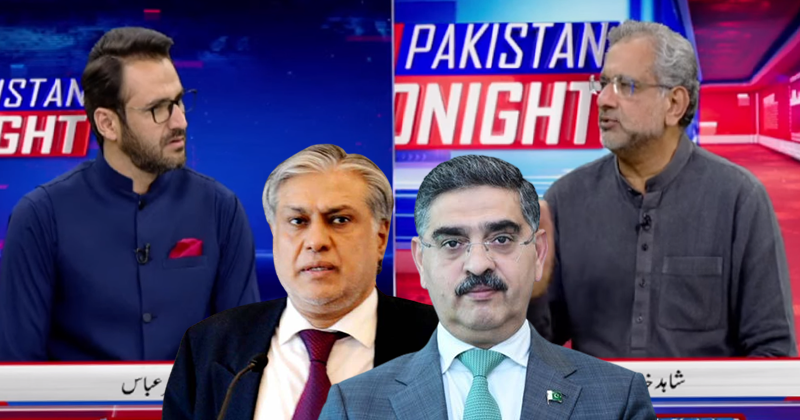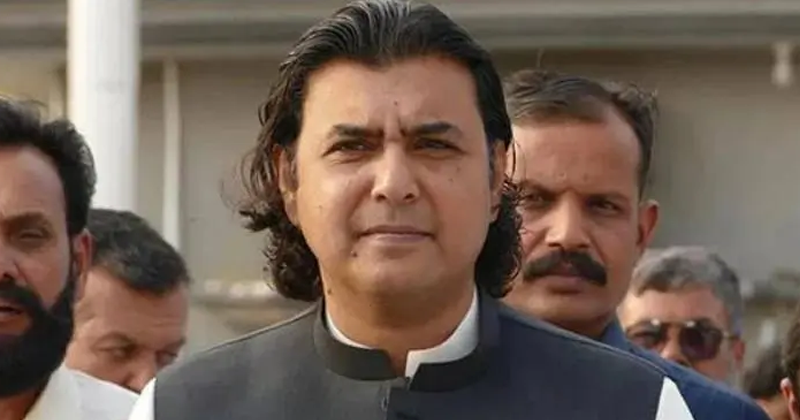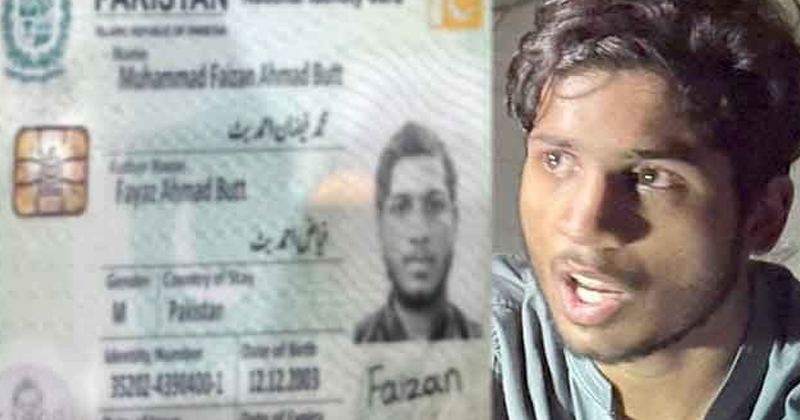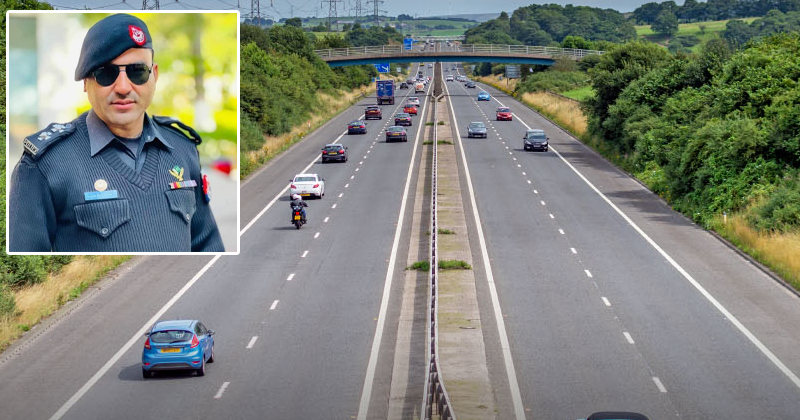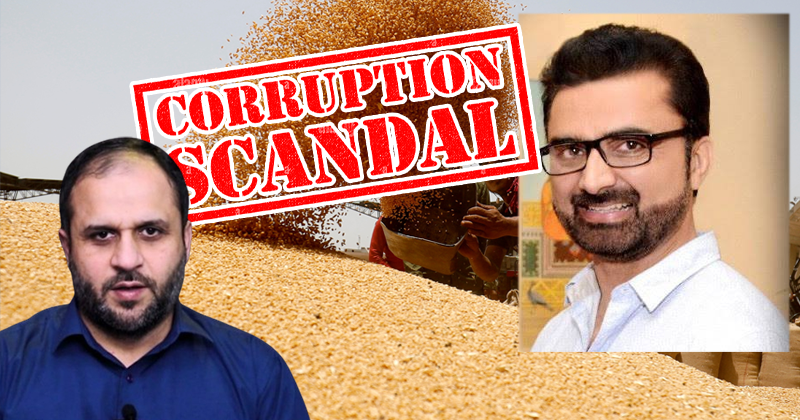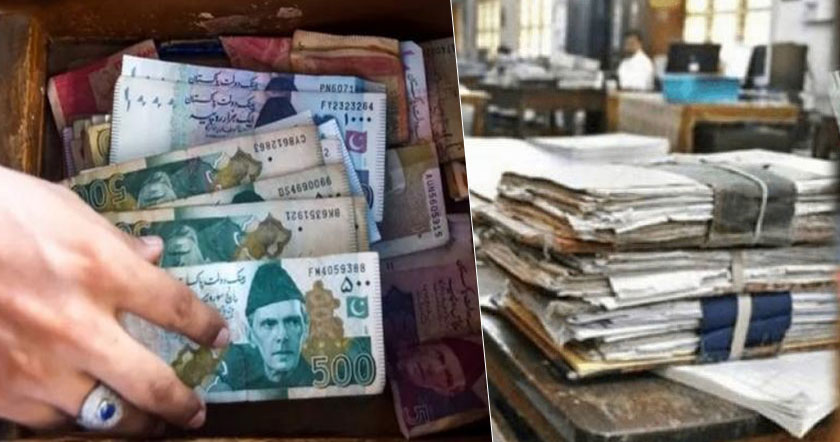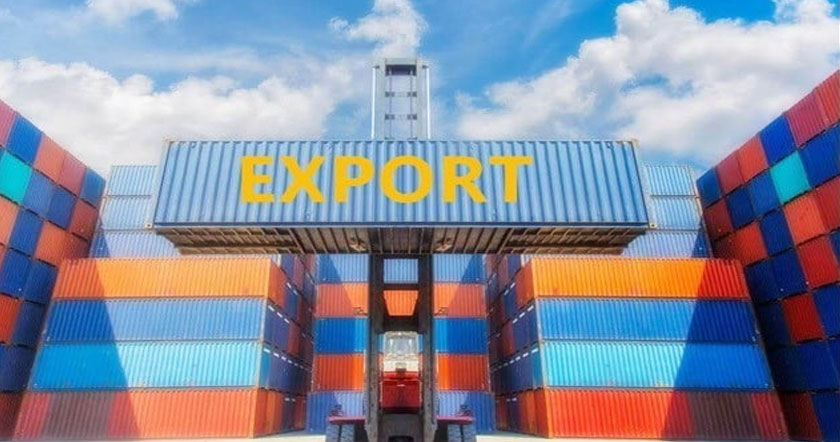Poverty in at least eight States Bihar, Uttar Pradesh, Rajasthan, West Bengal, Orissa, Madhya Pradesh, Chhattisgarh and Jharkhand was worse than in some of the poorest countries of sub-Saharan Africa.
In a week when Delhi's new world-class airport opened for business and the Indian Space Research Organisation celebrated the successful launch of five new satellites, we had a stark reminder of another India that, increasingly, many Indians feel embarrassed to talk about. A United Nations-backed study by Oxford University revealed that poverty in at least eight Indian States Bihar, Uttar Pradesh, Rajasthan, West Bengal, Orissa, Madhya Pradesh, Chhattisgarh and Jharkhand was worse than in some of the poorest countries of sub-Saharan Africa.
The findings are based on a global poverty index, the Multidimensional Poverty Index or MPI, developed by Oxford University. It takes into account a range of social factors not hitherto considered while measuring poverty and will replace the Human Poverty Index (HPI) which, until now, has formed the basis for the annual U.N. Human Development Reports.
How's the new index significantly different from the traditional ways of measuring poverty and how will it make a difference on the ground? Here, Dr. Sabina Alkire, Director of the Oxford Poverty and Human Development Initiative (OPHI), who has travelled extensively in India, speaks to Hasan Suroor:
Were you surprised by the finding that there are more poor people in eight Indian States than in the 26 poorest African states combined?
No, I wasn't really surprised, as the scale of Indian poverty is well known within the academic world whether measured in income terms or multi-dimensionally. But the recent focus on India's phenomenal growth in the media has given the impression that the largest numbers of very poor people are in Sub-Saharan Africa rather than South Asia (where there are nearly twice as many MPI poor than in Africa). We wanted to test that impression.
To get this comparison, what we did was to set a more extreme poverty cut-off, which identified the Indian States and the African countries whose Multidimensional Poverty Index (MPI) was equal or greater than 0.32 (the MPIs we calculated for 104 countries range from 0 to .64). Eight Indian States and 26 African countries fall below that cutoff. That's where this figure comes from.
To give an idea of what this means, the least poor entry is West Bengal (MPI = 0.32), in which 58 per cent of people are MPI poor, and they are on average deprived in 54 per cent of the dimensions or weighted indicators; in Niger 93 per cent of people are MPI poor.
Actually, the intensity of poverty in Africa is still higher the population-weighted MPI for the 26 African countries is 0.43, whereas for the Indian States it is 0.39.
How is the new Multidimensional Poverty Index or MPI significantly different from the Human Poverty Index (HPI) that the U.N. uses for its Human Development Report? Doesn't that also take social indicators as the basis for measuring poverty?
The indices share the same motivation, but are totally different. The MPI starts with each person, and looks at their lives and that of their household members, and identifies a person as poor only if they have multiple deprivations. The MPI reflects the intensity of deprivation each person experiences as well as the percentage of people who are poor.
The HPI aggregates percentages of people who are deprived in different things. So it cannot see if all of the HPI indicators affect the same person simultaneously, or if each person only has one deprivation.
This is understandable, because in 1997 when the HPI was developed we did not have the data that is required to construct the MPI. Only recently has it become possible to focus first on each person's life, and build a multidimensional poverty measure from that.
Critics might say that studies such as yours simply end up producing sensational headlines without anything actually changing on the ground? Is there any evidence, for instance, that the Human Poverty Index has helped fight poverty better than the previous measures of poverty?
Our aim is to strengthen the work of many others who are working passionately to stand alongside and empower those who live with suffering and poverty to shape their own destinies. We welcome specific suggestions from others about how better to do this, but it seems that sharing a measure which can show the simultaneous deprivations people face should be a useful tool to others.
Doesn't, ultimately, the good old definition of poverty based on household income and purchasing still remain valid?
Yes. Our measure complements the income and consumption data, and focuses only on very acute indications of poverty. These data come from different surveys, in most cases. It is a matter of enriching the information field. If both measures coincide perfectly, of course, there would be no need for both poverty measures. However from preliminary analysis it seems that they differ quite a bit, even at the level of individual. We need to understand how and why. If a household has a disabled person it may not be income poor but clearly experiences multiple deprivations for example. Or a family may have enough money to be nourished, but actually the children are malnourished. Also, the MPI checks access to certain services directly, whereas income data includes these in a different way. Finally, data in both cases are imperfect, so comparing two different measures can give us a clearer picture.
In the course of your study, did you come across any other surprising trends about India?
We did note that the MPI for different caste groups varies a great deal. The Scheduled Tribes have the highest MPI (0.482), almost the same as Mozambique, and a headcount (the percentage of people who are MPI poor) of 81 per cent. The Scheduled Castes have a headcount of 66 per cent (the percentage of people who are MPI poor) and their MPI is a bit better than Nigeria. Fifty-eight per cent of other Backward Castes are MPI poor. About one in three of the remaining Indian households are multi-dimensionally poor, and their MPI is just below that of Honduras. While this is not a surprise, it is yet another clear indication of the need for interventions that address these social aspects of poverty in India, alongside the direct deprivations.
In a week when Delhi's new world-class airport opened for business and the Indian Space Research Organisation celebrated the successful launch of five new satellites, we had a stark reminder of another India that, increasingly, many Indians feel embarrassed to talk about. A United Nations-backed study by Oxford University revealed that poverty in at least eight Indian States Bihar, Uttar Pradesh, Rajasthan, West Bengal, Orissa, Madhya Pradesh, Chhattisgarh and Jharkhand was worse than in some of the poorest countries of sub-Saharan Africa.
The findings are based on a global poverty index, the Multidimensional Poverty Index or MPI, developed by Oxford University. It takes into account a range of social factors not hitherto considered while measuring poverty and will replace the Human Poverty Index (HPI) which, until now, has formed the basis for the annual U.N. Human Development Reports.
How's the new index significantly different from the traditional ways of measuring poverty and how will it make a difference on the ground? Here, Dr. Sabina Alkire, Director of the Oxford Poverty and Human Development Initiative (OPHI), who has travelled extensively in India, speaks to Hasan Suroor:
Were you surprised by the finding that there are more poor people in eight Indian States than in the 26 poorest African states combined?
No, I wasn't really surprised, as the scale of Indian poverty is well known within the academic world whether measured in income terms or multi-dimensionally. But the recent focus on India's phenomenal growth in the media has given the impression that the largest numbers of very poor people are in Sub-Saharan Africa rather than South Asia (where there are nearly twice as many MPI poor than in Africa). We wanted to test that impression.
To get this comparison, what we did was to set a more extreme poverty cut-off, which identified the Indian States and the African countries whose Multidimensional Poverty Index (MPI) was equal or greater than 0.32 (the MPIs we calculated for 104 countries range from 0 to .64). Eight Indian States and 26 African countries fall below that cutoff. That's where this figure comes from.
To give an idea of what this means, the least poor entry is West Bengal (MPI = 0.32), in which 58 per cent of people are MPI poor, and they are on average deprived in 54 per cent of the dimensions or weighted indicators; in Niger 93 per cent of people are MPI poor.
Actually, the intensity of poverty in Africa is still higher the population-weighted MPI for the 26 African countries is 0.43, whereas for the Indian States it is 0.39.
How is the new Multidimensional Poverty Index or MPI significantly different from the Human Poverty Index (HPI) that the U.N. uses for its Human Development Report? Doesn't that also take social indicators as the basis for measuring poverty?
The indices share the same motivation, but are totally different. The MPI starts with each person, and looks at their lives and that of their household members, and identifies a person as poor only if they have multiple deprivations. The MPI reflects the intensity of deprivation each person experiences as well as the percentage of people who are poor.
The HPI aggregates percentages of people who are deprived in different things. So it cannot see if all of the HPI indicators affect the same person simultaneously, or if each person only has one deprivation.
This is understandable, because in 1997 when the HPI was developed we did not have the data that is required to construct the MPI. Only recently has it become possible to focus first on each person's life, and build a multidimensional poverty measure from that.
Critics might say that studies such as yours simply end up producing sensational headlines without anything actually changing on the ground? Is there any evidence, for instance, that the Human Poverty Index has helped fight poverty better than the previous measures of poverty?
Our aim is to strengthen the work of many others who are working passionately to stand alongside and empower those who live with suffering and poverty to shape their own destinies. We welcome specific suggestions from others about how better to do this, but it seems that sharing a measure which can show the simultaneous deprivations people face should be a useful tool to others.
Doesn't, ultimately, the good old definition of poverty based on household income and purchasing still remain valid?
Yes. Our measure complements the income and consumption data, and focuses only on very acute indications of poverty. These data come from different surveys, in most cases. It is a matter of enriching the information field. If both measures coincide perfectly, of course, there would be no need for both poverty measures. However from preliminary analysis it seems that they differ quite a bit, even at the level of individual. We need to understand how and why. If a household has a disabled person it may not be income poor but clearly experiences multiple deprivations for example. Or a family may have enough money to be nourished, but actually the children are malnourished. Also, the MPI checks access to certain services directly, whereas income data includes these in a different way. Finally, data in both cases are imperfect, so comparing two different measures can give us a clearer picture.
In the course of your study, did you come across any other surprising trends about India?
We did note that the MPI for different caste groups varies a great deal. The Scheduled Tribes have the highest MPI (0.482), almost the same as Mozambique, and a headcount (the percentage of people who are MPI poor) of 81 per cent. The Scheduled Castes have a headcount of 66 per cent (the percentage of people who are MPI poor) and their MPI is a bit better than Nigeria. Fifty-eight per cent of other Backward Castes are MPI poor. About one in three of the remaining Indian households are multi-dimensionally poor, and their MPI is just below that of Honduras. While this is not a surprise, it is yet another clear indication of the need for interventions that address these social aspects of poverty in India, alongside the direct deprivations.

















